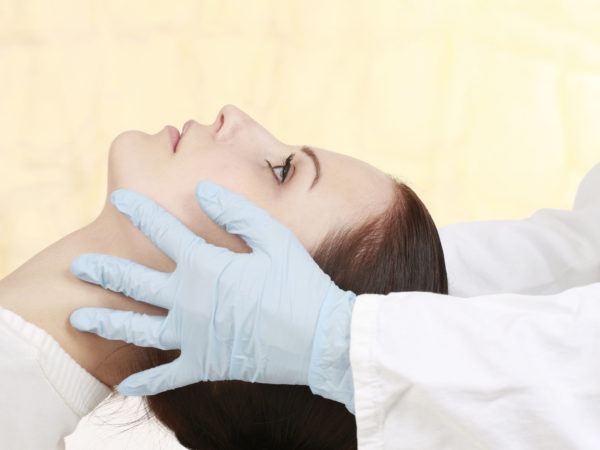Coping with Facial Cysts?
I am a 45-year-old woman. For the past two years, sebaceous cysts have popped up all over my face. The ones that are there continue to get larger, and I can tell more are on the way. What could be causing this, and what can I do about it?
Andrew Weil, M.D. | December 27, 2007

Sebaceous cysts, also known as epidermoid cysts, usually arise from swollen hair follicles and typically occur on the face, neck and trunk. They’re usually slow-growing, painless, and move easily beneath the skin. These cysts are not at all dangerous, but they can occasionally become infected – when this happens, you’ll notice redness, the lump will feel tender and warmer to the touch than the surrounding skin. In rare cases, epidermoid cysts can give rise to skin cancers, but this happens so seldom that physicians don’t biopsy them unless they are very fast-growing or have other unusual characteristics.
Epidermoid cysts form when cells on the skin’s surface burrow underneath and multiply (normally, you shed these cells in a natural, exfoliation process). The epidermal cells form the walls of the cysts and secrete keratin, a protein that you sometimes may see draining – it looks thick and yellow. The cysts are most likely to form where a hair follicle has been damaged or blocked or where a sebaceous (oil) gland has ruptured; these are located above hair follicles and produce the oil that lubricates skin. Certain rare, inherited conditions can also make you prone to developing epidermoid cysts.
The cysts are most common in individuals in their thirties or forties, particularly those who have a history of acne. Men are more likely to be affected than women.
I would suggest consulting a dermatologist, if you haven’t already, for treatment, especially if any of the cysts become inflamed or infected. If so, the cyst can be drained or removed or even vaporized with a laser. Never squeeze cysts yourself – the result could be scarring or infection. If cysts on the face need to be removed, I suggest having a cosmetic surgeon do the job to minimize the chance of scarring.
I’m afraid I know of no way to prevent epidermoid cysts from forming.
Andrew Weil, M.D.









